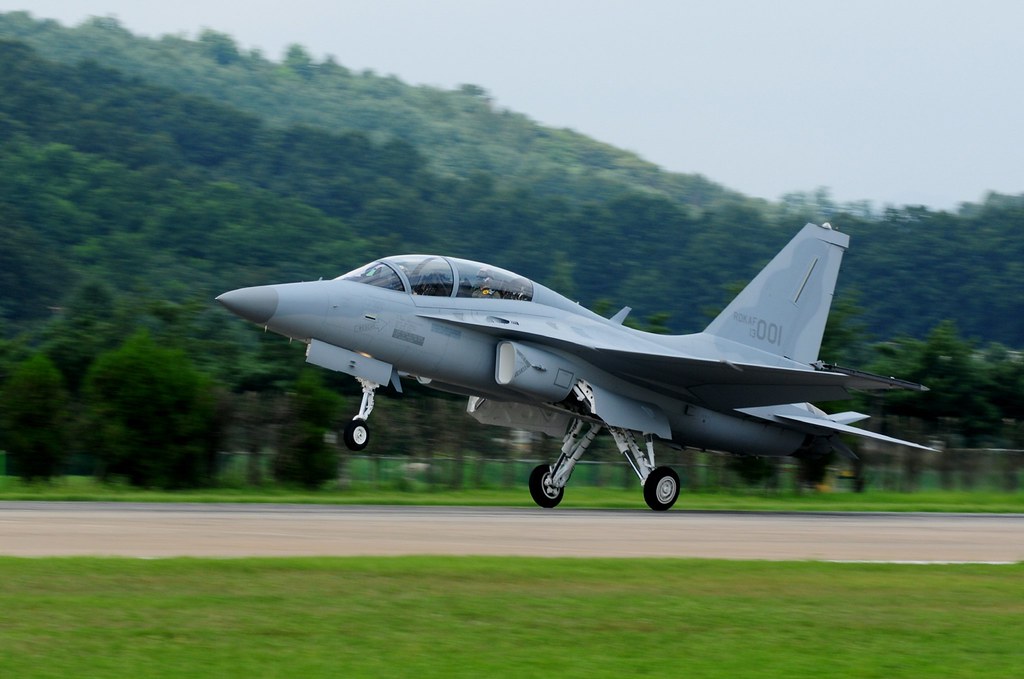
Korea Aerospace Industries (KAI) is propelling its F-50 light combat aircraft into a new era of development, building upon the foundation of its FA-50 training aircraft. European experts speculate that the F-50 aims to capture a significant portion of the Asian market, potentially with Malaysia emerging as a key buyer due to its current utilization of the FA-50 and the desire to replace its Russian Su-30 fleet amidst economic sanctions on Russia.
Despite prioritizing its superior KF-21 Boramae fighter domestically, South Korea may still target international markets for the F-50, with production expected to commence around 2028. KAI aims to sell 300 F-50s to neighboring countries, with plans to closely resemble the FA-50 in design while incorporating enhancements such as an additional fuel tank and refueling capabilities.
Optimism surrounds KAI’s strategy, particularly considering the success of the FA-50 in joint exercises, such as one where a Philippine FA-50 managed to simulate a “kill” against a USAF F-22 Raptor. The FA-50’s performance has garnered attention, with Poland’s acquisition of 50 units paving the way for potential collaboration and market access in Europe. The recent success stories highlight the growing reputation of Korean aerospace technology on the international stage.
The recent achievement outlined in the journal marks a significant milestone in military history, showcasing the prowess of the Filipino’s primary Fighter Aircraft in a simulated air combat scenario during the Cope Thunder Exercise over Luzon. This accomplishment underscores the effectiveness of the FA-50, a lightweight combat aircraft developed through collaboration between Korea Aerospace Industries (KAI) and Lockheed Martin.
The FA-50, derived from the T-50 Golden Eagle supersonic advanced jet trainer, boasts advanced avionics tailored for light attack and lead-in fighter training roles. Its technical specifications highlight its capabilities: measuring 13.14 meters in length, with a wingspan of 9.45 meters and a height of 4.94 meters. The aircraft weighs approximately 6,470 kilograms empty, with a maximum takeoff weight of 12,300 kilograms and an internal fuel capacity of 2,655 liters. External fuel tanks can be added to extend its operational range, which reaches up to 1,851 kilometers without them and up to 3,000 kilometers with their inclusion.
Powering the FA-50 is a single General Electric F404-GE-102 turbofan engine equipped with an afterburner, providing a maximum thrust of 78.7 kN and enabling speeds of up to Mach 1.5 or approximately 1,837 kilometers per hour. With a service ceiling of approximately 14,630 meters and a climb rate of 150 meters per second, the FA-50 demonstrates impressive performance metrics.
In terms of armament, the FA-50 is equipped with a 20mm M61A1 Vulcan cannon and features seven hardpoints capable of carrying a variety of weapons, including air-to-air missiles, air-to-surface missiles, and anti-ship missiles. It can also deploy various types of bombs, such as general-purpose, cluster, and laser-guided bombs. The aircraft’s maneuverability, with a maximum g-load of +8/-3 g, is enhanced by its advanced avionics and flight control system, complemented by a high thrust-to-weight ratio, contributing to its exceptional aerial agility and combat effectiveness.




